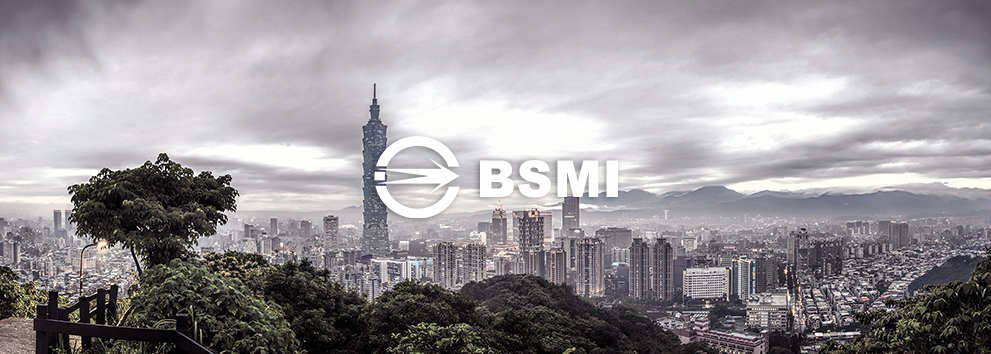Two Resolutions on IEC 62133-2 Issued by IECEE
Two Resolutions on IEC 62133-2 Issued by IECEE,
Iecee,
▍BSMI Introduction Introduction of BSMI certification
BSMI is short for Bureau of Standards, Metrology and Inspection, established in 1930 and called National Metrology Bureau at that time. It is the supreme inspection organization in Republic of China in charge of the work on national standards, metrology and product inspection etc. The inspection standards of electrical appliances in Taiwan are enacted by BSMI. Products are authorized to use BSMI marking on the conditions that they are in compliance with safety requirements, EMC testing and other related tests.
Electrical appliances and electronic products are tested according to the following three schemes: type-approved (T), registration of product certification(R) and declaration of conformity (D).
▍What is the standard of BSMI?
On 20 November 2013, it is announced by BSMI that from 1st, May 2014, 3C secondary lithium cell/battery, secondary lithium power bank and 3C battery charger are not permitted to access to Taiwan market until they are inspected and qualified according to the relevant standards (as shown in table below).
|
Product Category for Test |
3C Secondary Lithium Battery with single cell or pack ( button shape excluded) |
3C Secondary Lithium Power Bank |
3C Battery Charger |
Remarks: CNS 15364 1999 version is valid to 30 April 2014. Cell, battery and Mobile only conduct capacity test by CNS14857-2 (2002 version).
|
|
Test Standard |
CNS 15364 (1999 version) CNS 15364 (2002 version ) CNS 14587-2 (2002 version)
|
CNS 15364 (1999 version) CNS 15364 (2002 version ) CNS 14336-1 (1999 version) CNS 13438 (1995 version) CNS 14857-2 (2002 version)
|
CNS 14336-1 (1999 version) CNS 134408 (1993 version) CNS 13438 (1995 version)
|
|
|
Inspection Model |
RPC Model II and Model III |
RPC Model II and Model III |
RPC Model II and Model III |
▍Why MCM?
● In 2014, rechargeable lithium battery became mandatory in Taiwan, and MCM began to provide the latest information about BSMI certification and the testing service for global clients, especially those from mainland China.
● High Rate of Pass: MCM has already help clients to obtained more than 1,000 BSMI certificates till now in one go.
● Bundled services: MCM helps clients successfully enter multiple markets in worldwide through one-stop bundled service of simple procedure.
This month, IECEE issued two resolutions on IEC 62133-2 concerning the selection of upper/lower limit charging temperatures of cell and the limited voltage of battery. The following are the details of the resolutions:The resolution clearly states: In the actual test, no carrying out the +/-5℃ operation is acceptable, and charging can be carried out at the normal upper/lower limit charging temperature when charging in the manner of Clause 7.1.2 (requiring charging at upper and lower limit temperatures), though Appendix A.4 of the standard states that when the upper/lower limit temperature isn’t 10°C /45°C, the expected upper limit temperature shall be increased by 5°C and the lower limit temperature needs to be reduced by 5°C.In addition, the Panel of IEC SC21A(Sub-Technical Committee on Alkaline and Non-Acidic Batteries) intends to remove the +/-5℃ requirement in Appendix A.4 in the case of IEC 62133-2:3.2017/AMD2.Another resolution specifically addresses the IEC 62133-2 standard’s voltage limit for batteries: no more than 60Vdc. Although no explicit voltage limit is given in IEC 62133-2, its reference standard, IEC 61960-3, excludes batteries with a nominal voltage equal to or higher than 60Vdc from its scope.









